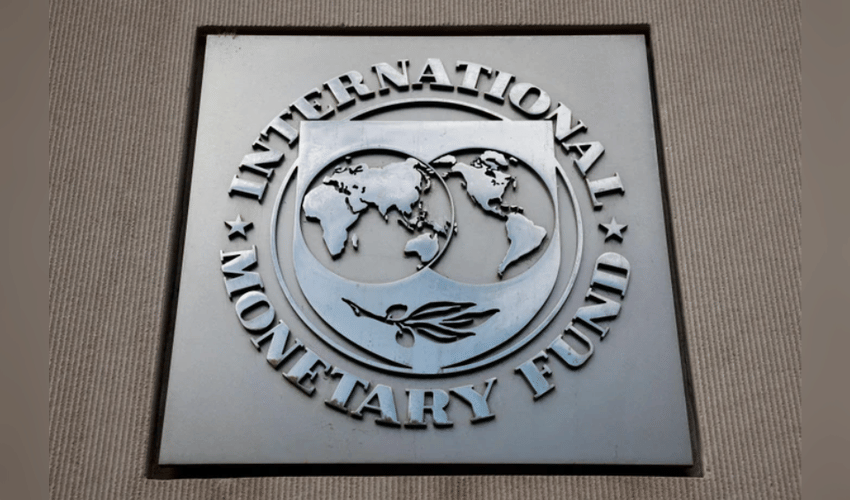Economy
IMF Boosts India's FY26 Growth Forecast to 6.6 percent Despite Global Slowdown

India is poised for a robust economic performance in the fiscal year 2025-26, with the International Monetary Fund (IMF) raising its growth forecast to 6.6%. This upward revision highlights India's resilience amid a challenging global economy marked by rising protectionism and a general slowdown. The IMF's latest World Economic Outlook report credits India's strong start to the fiscal year, including a remarkable 7.8% growth in the first quarter, as a key driver underpinning this optimistic outlook.
Despite the imposition of high tariffs by the United States on Indian goods, India's economy has demonstrated remarkable strength. The IMF notes that the impact of these tariffs has been less severe than initially feared, thanks in large part to robust domestic consumption, a revival in manufacturing, and diversified trade strategies that have mitigated external shocks. In contrast, China’s growth is forecast at a more modest 4.8%, underscoring India's role as one of the fastest-growing major economies globally.
The forecast aligns closely with India's government projections, which estimate GDP growth between 6.3% and 6.8% for FY26. However, the IMF tempers its enthusiasm slightly by projecting a moderation to 6.2% growth in 2026, reflecting expectations that the strong early momentum may ease. This cautious stance is in line with a broader global trend of slowing growth, where the IMF projects global GDP expansion at 3.2% in 2025 and 3.1% in 2026, citing persistent geopolitical risks and weakening trade activity.
India’s growth story is bolstered by policy measures such as sweeping GST reforms that have enhanced domestic demand and economic flexibility. The IMF also emphasizes the importance of rebuilding fiscal buffers, maintaining central bank independence, and accelerating structural reforms to ensure sustainable growth amid global uncertainties. These include improving financial intermediation, regional trade integration, and policies to support sectors facing demographic and technological challenges.



